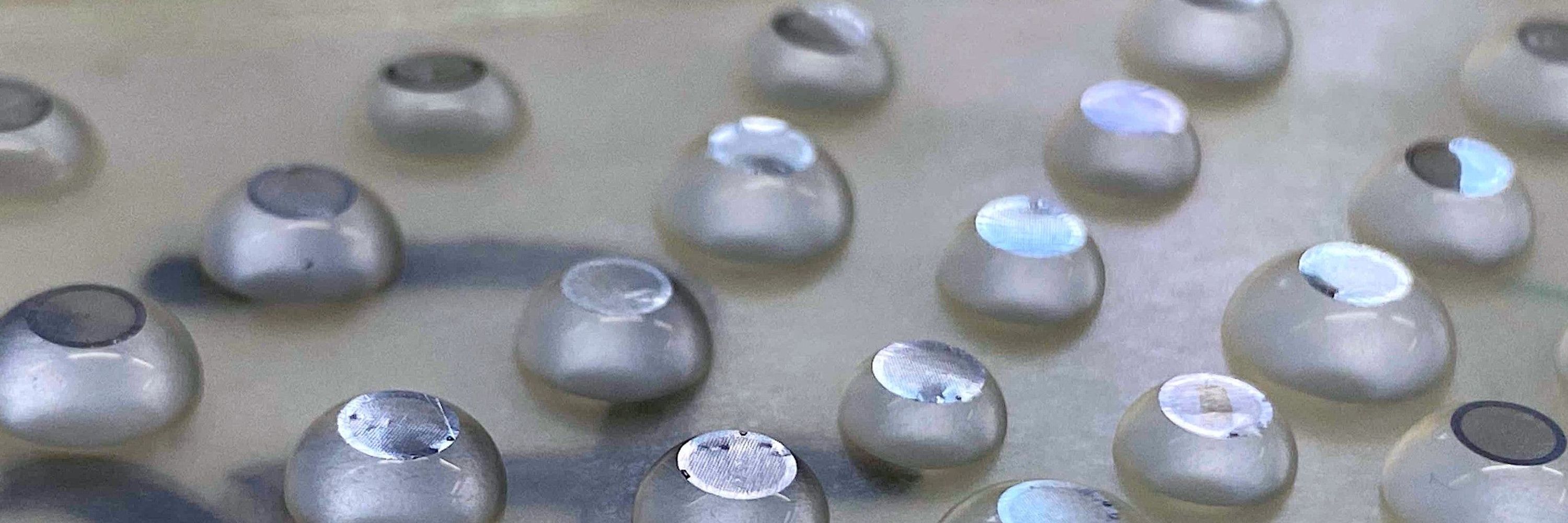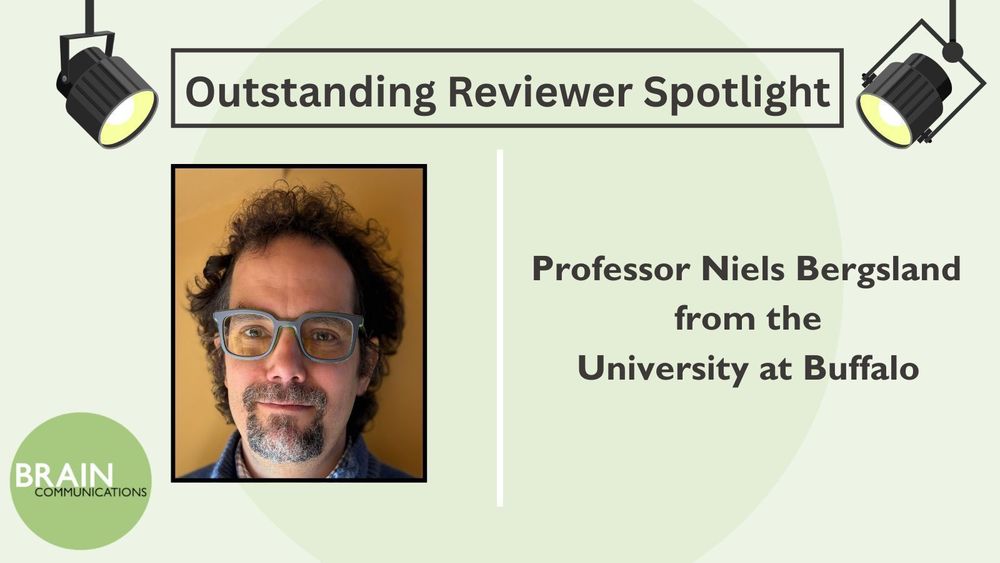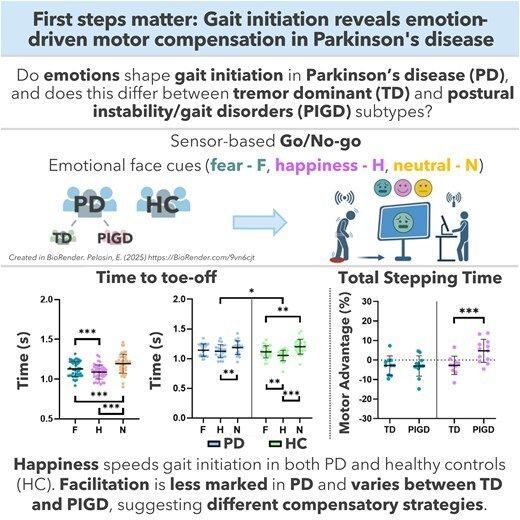
Proceeds go to Guarantors of Brain Charity to support the translational neuroscience community.
Join our community of authors, reviewers, prize winners!

Link to form: buff.ly/7mJCpfH

Link to form: buff.ly/7mJCpfH
More at: buff.ly/25QpvMm

More at: buff.ly/25QpvMm






More at: buff.ly/25QpvMm

More at: buff.ly/25QpvMm






More at: buff.ly/25QpvMm

More at: buff.ly/25QpvMm



#dementia

#dementia

👉 buff.ly/BNaHR3P
#translationalneuroscience

👉 buff.ly/BNaHR3P
#translationalneuroscience
More at: buff.ly/25QpvMm

More at: buff.ly/25QpvMm


